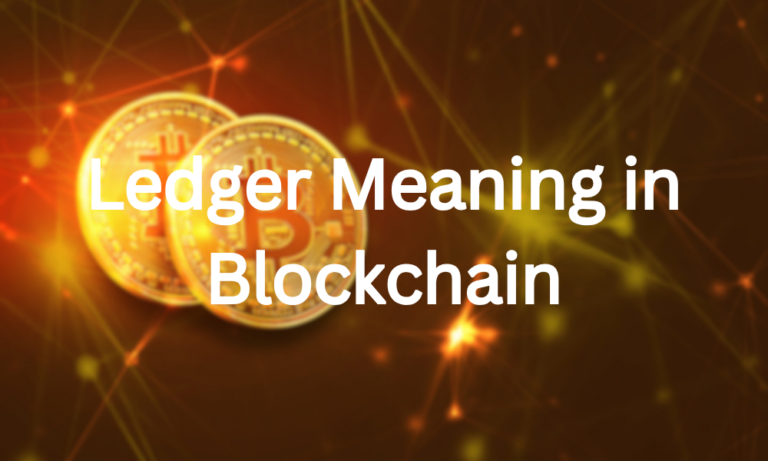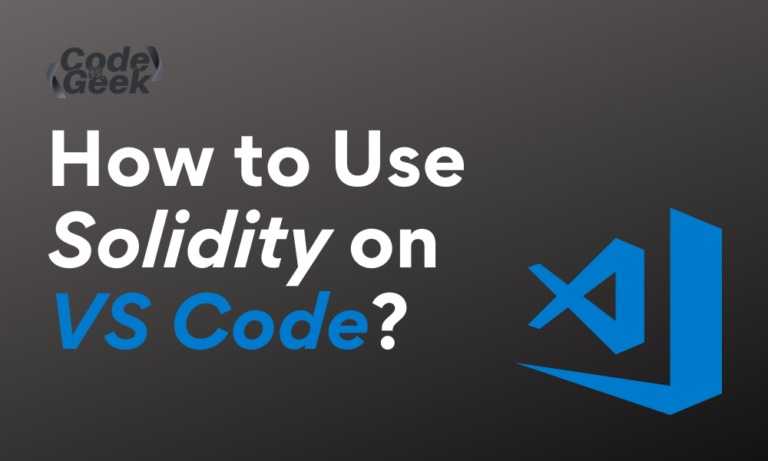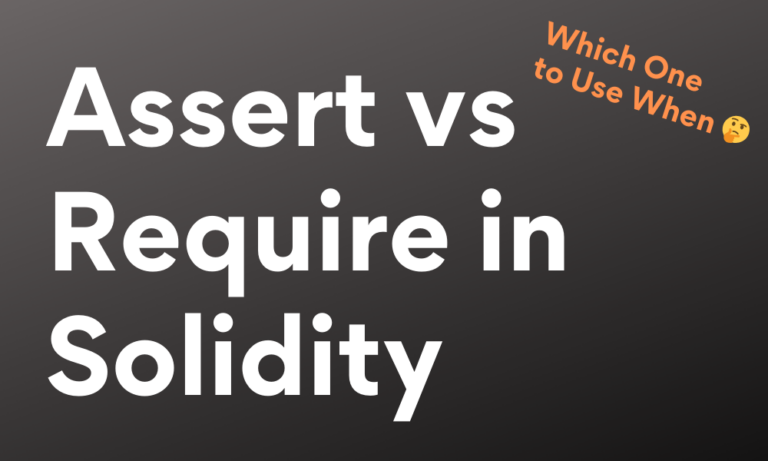Token swaps are a new way for the crypto community to trade tokens without having to go through an exchange. The token swap process is relatively simple and does not require any technical knowledge. Let’s explore more about token swaps in this article.
Also read: The Complete Guide to Tokenomics and Why It Matters for Blockchain Startups
What is a Token Swap?
A token swap is a process in which one cryptocurrency is exchanged for another. The most common type of token swap is when tokens are swapped for other tokens on a different blockchain. For example, the Ethereum blockchain has a native currency called ether (ETH). If you wanted to trade your ETH for Bitcoin (BTC), you would need to find someone who was willing to trade their BTC for ETH. This process is called a token swap.
In some cases, a token swap can also refer to the exchange of one type of cryptocurrency for another type of cryptocurrency that is not on a blockchain. For example, you could exchange your ETH for fiat currency (USD, EUR, etc.), or you could exchange your BTC for altcoins like Litecoin (LTC) or Ripple (XRP).
Token swaps can be conducted between two individuals, or they can be conducted on an exchange. When two individuals conduct a token swap, it is often referred to as an over-the-counter (OTC) trade. When an exchange conducts a token swap, it is often referred to as an on-exchange trade.
Also read: Token Distribution: A Complete Guide to Get Started
Why Would Someone Want to Swap Their Tokens?
There are many reasons why someone might want to conduct a token swap. Some of the most common reasons include:
- To trade one cryptocurrency for another that they believe is undervalued.
- To trade one cryptocurrency for another that they believe has a brighter future.
- To cash out of their investment in a particular cryptocurrency.
- To diversify their portfolio of cryptocurrencies.
- To take advantage of price differences between different exchanges.
- To conduct an arbitrage trade.
How Do Token Swaps Work?
A token swap is when a new cryptocurrency is created and the old cryptocurrency’s tokens are exchanged for the new cryptocurrency.
- In a token swap, existing token holders give their tokens to an exchange, which then sends them back to the holder in exchange for new tokens of the same value. The holder can then trade these tokens on a secondary market.
- A token swap can be used to upgrade a cryptocurrency’s technology or to change its economic model. For example, a company may do a token swap to move from a proof-of-work (PoW) system to a proof-of-stake (PoS) system.
- Token swaps can also be used to create new tokens that are compatible with different blockchain protocols. For example, the Ethereum network has created new tokens that are compatible with the ERC20 standard.
- Token swaps may also involve a “token burn”, where the old tokens are destroyed. This reduces the supply of the old tokens and can help increase the price of the new tokens.
What are the Benefits of the Token Swap Model?
ICOs are a great way to raise funds for a company, but sometimes they can be hard to understand. Token swaps help solve this problem by providing an easy way to buy tokens.
Token swaps provide many benefits over ICOs including the elimination of the need for a middleman, no need for KYC, and much lower costs. They also offer more security and transparency than ICOs.
There are many benefits to the token swap model, including:
- Increased Efficiency: Token swaps are generally much more efficient than ICOs. This is because they do not require the creation of new tokens, and all of the tokens are pre-mined.
- Reduced Costs: Token swaps also tend to be much cheaper than ICOs. This is because there are no new tokens that need to be created, and all of the costs associated with an ICO (such as marketing and legal fees) are eliminated.
- Quicker to market: Also, token swaps tend to get products and services to market much faster than ICOs. This is because there is no need to wait for the completion of an ICO before launching the product or service.
- Increased Liquidity: Token swaps also tend to provide greater liquidity than ICOs. This is because all of the tokens are pre-mined and can be immediately traded on exchanges.
- Greater Transparency: Token swaps are also generally much more transparent than ICOs. This is because all of the information about the project is made available to the public before the token swap takes place.
- Reduced Risk: Token swaps also tend to be much less risky than ICOs. This is because there is no need to worry about whether or not the project will be successful (since all of the tokens are pre-mined).
- Better for the Community: Token swaps are also generally much better for the cryptocurrency community as a whole. This is because they tend to be much more fair and decentralized than ICOs.
What are the Drawbacks of Using a Token Swap Model?
Token swap models are often criticized for their lack of transparency and the difficulty of understanding the process. The most common criticism is that there is no way to know what the price will be for your token once it is swapped.
There are a few potential drawbacks to using a token swap model:
- If the original project is not successful, the value of the new tokens may be lower than the value of the original tokens.
- There may be confusion and/or friction when users have to switch from one set of tokens to another.
- The process of swapping tokens can be time-consuming and/or complicated, which may deter some users from participating.
Get Started with Token Swapping Today
While there are a few potential drawbacks to using a token swap model, the pros outweigh the cons making token swaps a sound profit-making strategy. With careful planning and execution, token swapping can be a great way to generate profits for your project.





